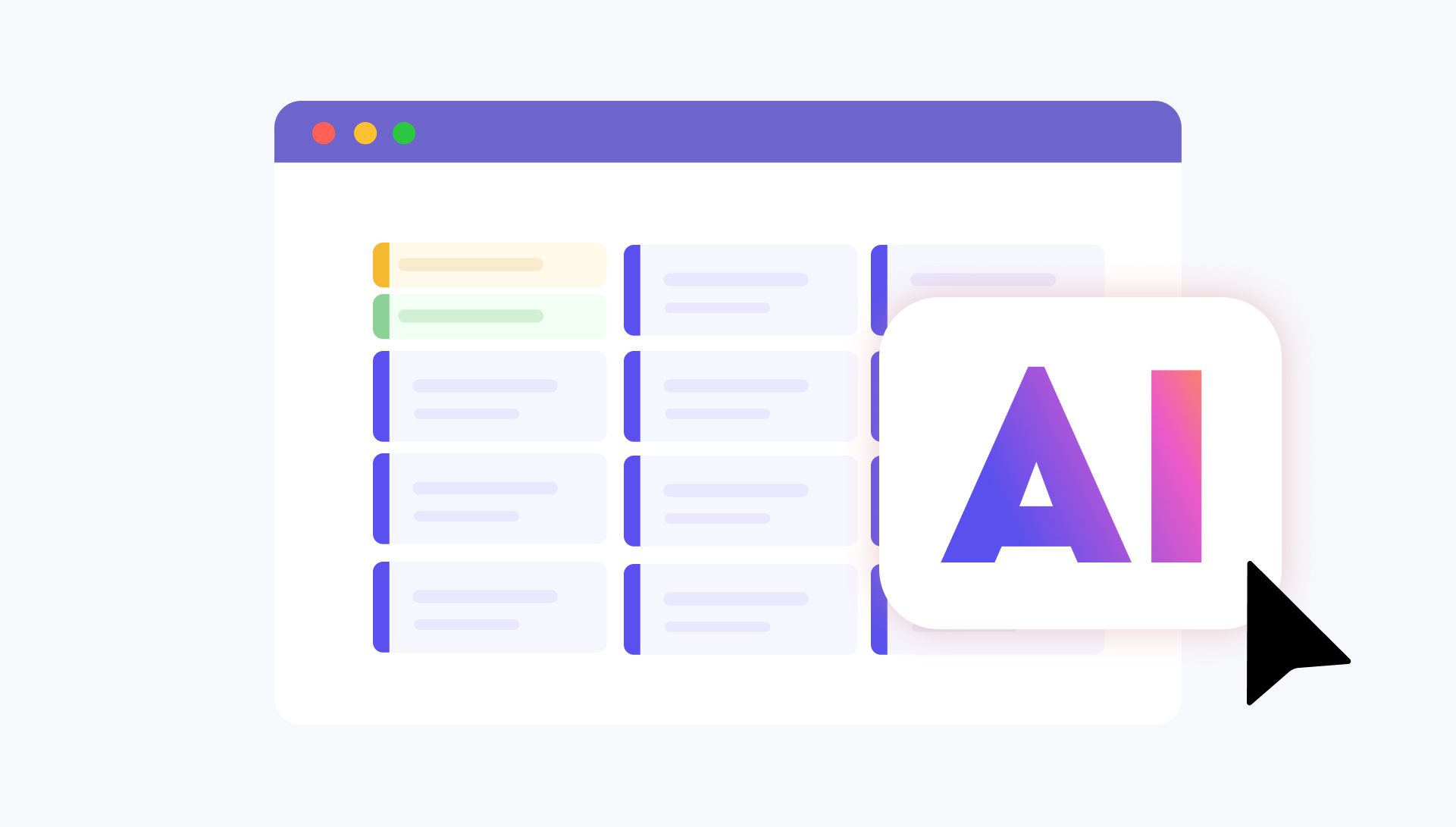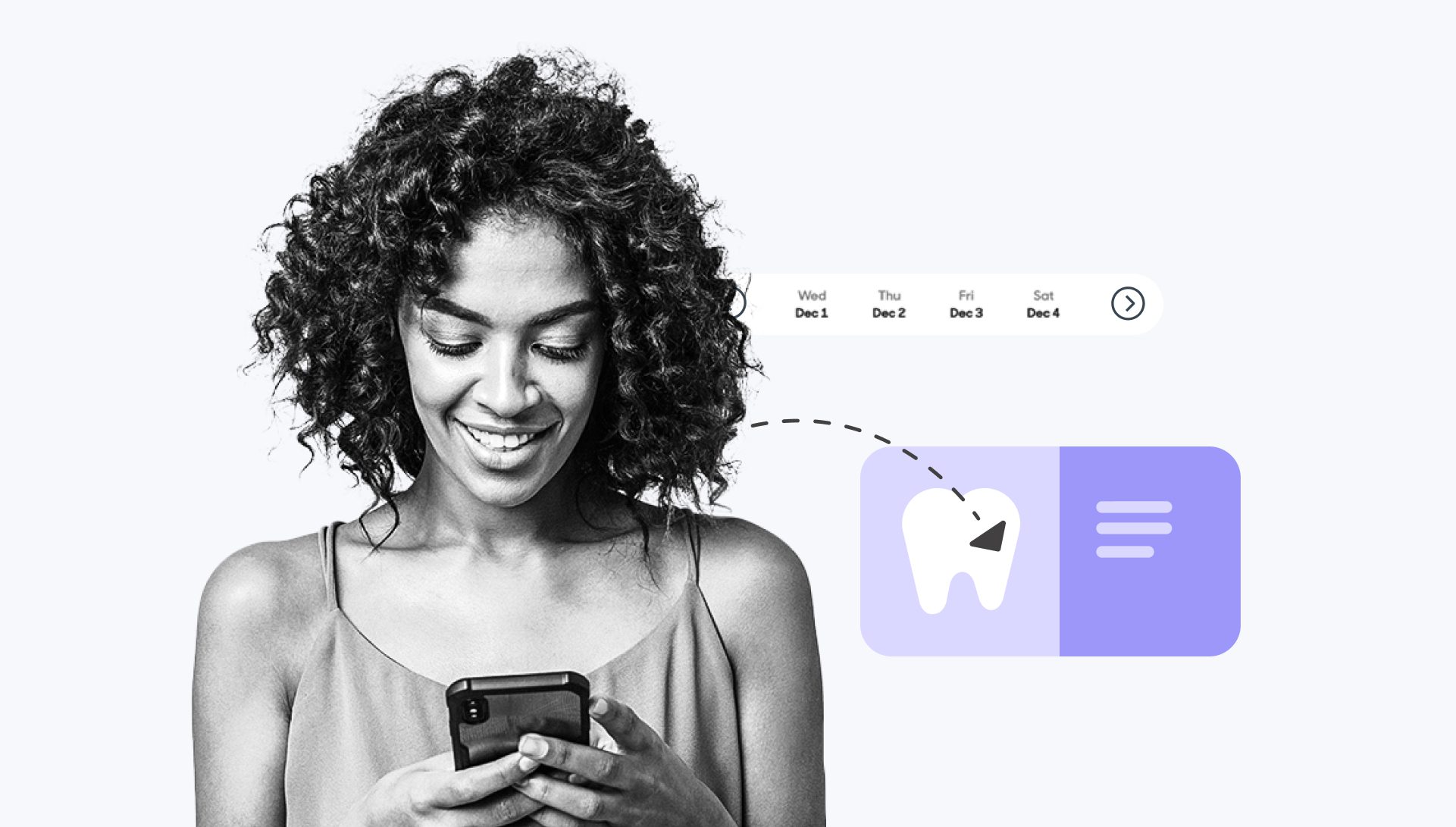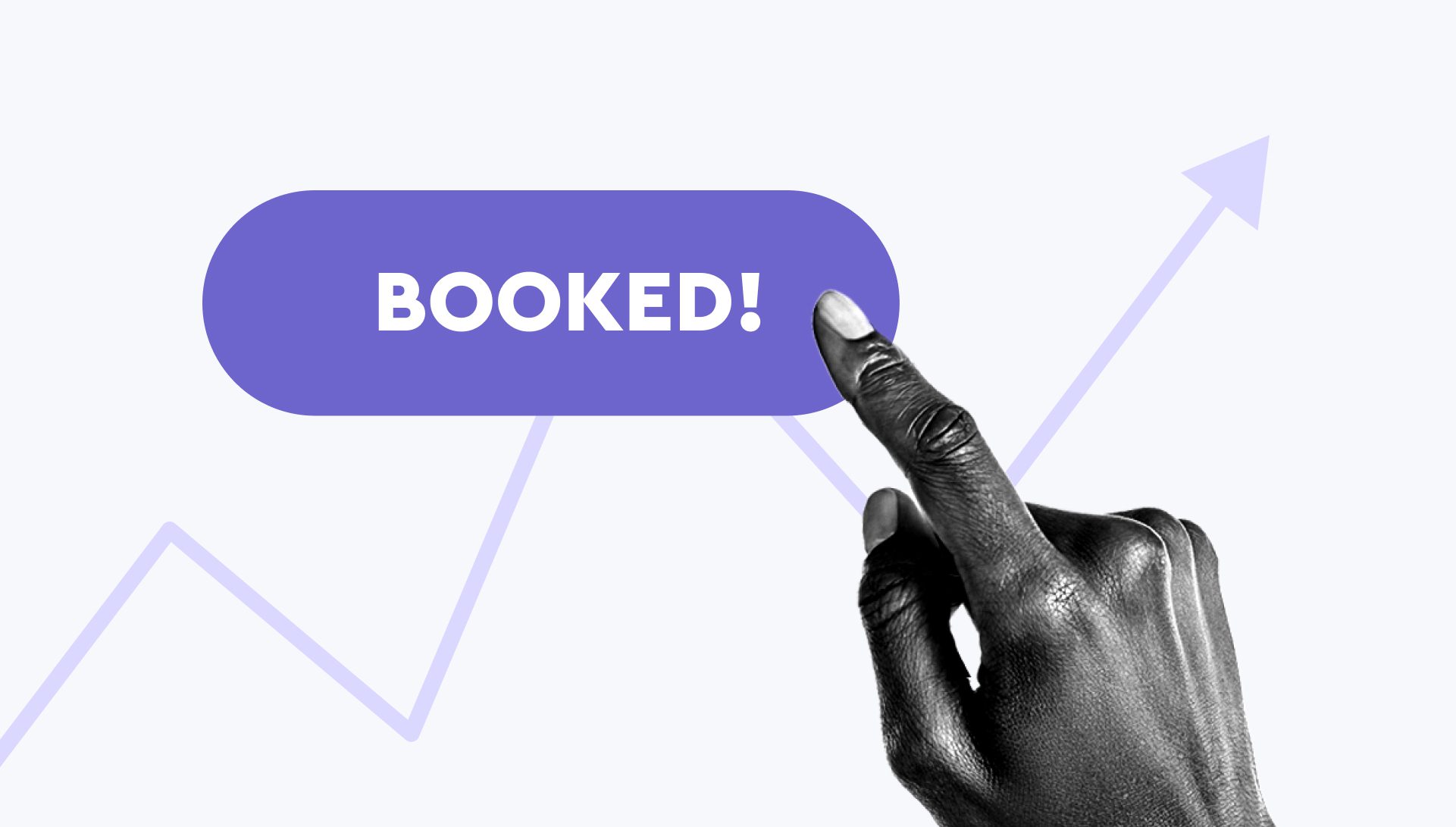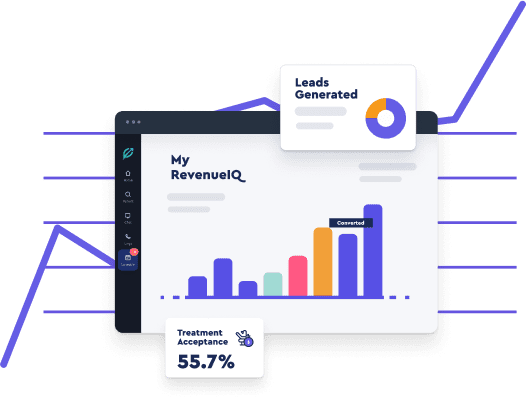AI Patient Scheduling: Fixing No-Shows or Breaking Trust?

“The measure of intelligence is the ability to change.” – Albert Einstein
Change isn’t optional—it’s survival. Yet, when it comes to scheduling, so many practices are stuck in the past. Endless phone calls, double bookings, last-minute cancellations—it’s a constant headache that drains time, frustrates patients, and burns out your team.
AI patient appointment scheduling promises to fix this. But let’s be real—there’s a lot of skepticism. Can AI really handle the complexity of a provider’s schedule? Will it replace front desk staff? Will it make patient interactions feel cold and impersonal?
In this blog, we’ll break down the biggest misconceptions, show you what AI in scheduling actually does, and why practices that embrace it aren’t just keeping up—they’re pulling ahead.
Misconception #1: AI Can’t Handle the Complexity of Scheduling
Scheduling isn’t just about filling open slots. It’s a balancing act—matching patient needs with provider availability, factoring in appointment types, managing last-minute changes, and preventing double bookings. It’s no wonder many believe AI is too rigid to handle this complexity.
But that assumption underestimates how advanced AI-powered scheduling has become.
Modern AI scheduling systems don’t just follow a set of static rules—they learn. By analyzing historical data, provider preferences, and patient behavior, AI optimizes schedules in real-time. It accounts for provider-specific availability, appointment durations, and even unexpected disruptions like sick days or emergency cases.
Here’s what that looks like in practice:
- Real-Time Adjustments: If a provider runs behind, AI dynamically shifts appointments to minimize patient wait times.
- Smart Matching: The system pairs patients with the right provider based on specialty, past visits, and appointment urgency.
- Predictive Scheduling: AI forecasts demand trends, helping practices allocate resources more efficiently.
The result? A schedule that’s not just automated, but intelligent—one that works with your practice, not against it.
Misconception #2: AI Will Replace Your Scheduling Staff
It’s a common fear—if AI takes over scheduling, what happens to your front desk team? The truth is, AI isn’t here to replace them. It’s here to remove the repetitive, time-consuming tasks that keep them from focusing on what really matters: patient care.
Right now, your team spends hours every day answering calls, rescheduling appointments, sending reminders, and handling no-shows. AI automates these tasks, freeing them up to do more valuable work—like assisting patients in person, managing complex scheduling cases, and improving overall customer satisfaction and the patient experience.
Think of AI as an assistant, not a replacement. Instead of getting bogged down in scheduling logistics, your staff can focus on what humans do best: building relationships, providing support, and ensuring patients feel cared for.
Want to get an alternative to manually answering calls? Read the solution in our blog about VoIP here!
Misconception #3: AI Scheduling Feels Cold and Impersonal
For many, appointment scheduling is more than just picking a time slot—it’s about feeling cared for. The idea of AI handling this process might seem robotic, but the reality is quite the opposite.
AI-driven scheduling isn’t just about efficiency; it’s about personalization and better health outcomes. Advanced AI systems analyze patient data, history, preferences, and provider availability to recommend the best appointment management and appointment times for each individual. Instead of a one-size-fits-all approach, AI ensures that patients get the right appointment with the right provider at the right time.
Think of it this way: A human receptionist may not remember that a patient prefers morning appointments or needs extra time for certain procedures. AI does. Remember patient preferences. It can also send personalized reminders, follow-ups, and even pre-visit instructions, making the experience feel seamless and thoughtful.
The result? Less frustration, fewer scheduling mistakes, and a smoother experience for both patients and staff. AI for patient scheduling and appointment reminders doesn’t remove the human touch—it enhances it.
Misconception #4: AI Scheduling Is Only for Large Practices
There’s a common belief that AI-powered patient scheduling software is a luxury only large organizations can afford. The truth? AI is just as beneficial for small and mid-sized practices—maybe even more.
Smaller practices often struggle with limited staff, making it difficult to keep up with scheduling requests, appointment changes, and patient follow-ups. AI automates these routine tasks, reducing administrative burden and freeing up time for what matters most—patient care.
And cost? AI scheduling software is scalable. Many solutions offer flexible pricing models, making advanced automation accessible without a massive investment. In fact, for smaller teams, AI can be the difference between an overworked front desk and a smooth, patient-friendly scheduling process.
The bottom line: AI isn’t just for big players—it’s a game-changer for practices of all sizes.
Before taking the first step towards transformation, read our blog on how to choose a PRM that fits and scales with your business’s needs.
Misconception #5: AI Scheduling Just Handles Inbound Requests
Many believe artificial intelligence scheduling software is only useful when a patient reaches out to book an appointment. But modern AI does far more than just react—it proactively engages patients.
Intelligent scheduling systems can analyze patient history, identify care gaps, and send automated reminders for overdue checkups, follow-ups, or screenings. Instead of waiting for patients to call, the system nudges them to schedule, improving continuity of care and reducing no-show rates.
Some AI-driven platforms even prioritize scheduling for medical practices based on urgent needs, ensuring that high-risk patients or those needing immediate attention are booked sooner, all while adhering to regulatory requirements. This keeps schedules optimized while also ensuring patients receive timely care.
AI isn’t just sitting back and waiting for patients—it’s helping you fill your schedule smarter, faster, and more efficiently.
Manual Scheduling vs. AI Scheduling: A Side-by-Side Reality Check
We’ve tackled the biggest misconceptions about AI-powered scheduling—but let’s put those ideas to the test. What does scheduling actually look like in a real-world, high-pressure situation?
The Monday Morning Chaos: Manual vs. AI-Driven Scheduling
It’s Monday morning.
Your front desk staff walks in to find the phone ringing off the hook. Patients are calling to book, reschedule, or check appointment details.
A provider just called in sick, leaving a packed schedule that now needs to be rearranged.
Meanwhile, another patient is running late, and a no-show has already left a gap in the morning lineup.
How does your practice handle this under a manual system versus an AI-driven one?
| The Challenge | Manual Scheduling | AI-Powered Scheduling |
| A patient needs an appointment | Calls the front desk, waits on hold, and staff manually checks availability across different calendars. If their preferred provider isn’t free, staff may need to call back later. Booking takes several minutes—if the patient doesn’t hang up first. | Patient schedules instantly through an online portal. AI matches them with the right provider, factoring in history, availability, and urgency—no wait, no manual work. |
| A provider calls in sick | Staff scrambles to reschedule, making dozens of calls. Gaps appear in the schedule, and some patients don’t rebook. Revenue takes a hit. | AI automatically adjusts schedules, finds the best provider alternatives, and notifies affected patients instantly. No chaos, no lost revenue. |
| A patient is a no-show | The front desk notices too late to fill the slot. Revenue is lost, and the provider sits idle. | AI predicts no-shows, sends proactive reminders, and auto-fills gaps with waitlisted patients. The schedule stays optimized. |
| Handling high call volume | Staff spends hours answering the same scheduling questions, leading to long wait times and hold times, frustrated patients, and potential booking errors. | Patients schedule online, reducing call volume across health systems. AI-powered chatbots assist with common inquiries, freeing up staff for patient care. |
| Managing complex provider schedules | Staff manually coordinates different provider schedules, risking overbooking, mismatches, and last-minute confusion. | AI dynamically optimizes provider schedules in real time, ensuring the right patient sees the right provider without manual intervention. |
Beyond Scheduling: What AI Can Do for Your Entire Practice
AI patient scheduling is just the beginning.
The real transformation happens when AI connects the dots—streamlining operations, improving patient engagement, and boosting revenue across your entire practice.
1. Smarter Patient Communication—No More Follow-Up Gaps
Every practice struggles with missed calls, no-shows, and inefficient follow-ups. AI bridges these gaps by ensuring no patient interaction slips through the cracks.
- Features like Call AI automatically transcribes patient calls, analyzes sentiment, and flags follow-ups so no inquiry is lost.
- AI-generated messaging crafts personalized emails, texts, and reminders—automating patient outreach without losing a human touch.
- Two-way texting and automated responses allow patients to confirm, reschedule, or ask quick questions instantly.
- AI-powered translation eliminates language barriers, ensuring clear patient communication across all touchpoints.
Impact: Reduced no-shows, improved patient retention, and less front-desk workload.
2. AI-Driven Insights—Make Smarter Decisions, Faster
AI turns practice data into actionable insights so you can optimize operations in real time.
- Features like AI Driven Practice Insights compile real-time reports and dashboards, eliminating the need for manual data analysis.
- Predictive analytics track appointment trends, revenue fluctuations, and patient retention risks—allowing proactive adjustments.
- Call AI analytics monitor call performance, identifying where potential patients are lost and improving conversion rates.
Impact: More informed business decisions, optimized scheduling, and higher profitability.
3. Seamless PMS and Payment Integration—Cut Down on Extra Work
Disconnected systems create bottlenecks. AI ensures everything flows seamlessly between scheduling, patient records, and payments.
- Automated appointment syncing updates schedules in real time to prevent double bookings or conflicts.
- AI-driven billing automation ensures invoices are sent, payments are processed, and records are updated without manual entry.
- PMS integration keeps patient histories, treatment notes, and communication logs organized and accessible.
Impact: Fewer administrative headaches, reduced billing errors, and more time for patient care.
4. Task Automation—Free Up Your Team’s Time
Your front office spends hours on repetitive tasks. AI takes over the busywork, allowing staff to focus on high-value patient interactions.
- Pre-appointment intake automation sends digital forms in advance, reducing in-office paperwork.
- AI-powered chatbots handle routine inquiries—like insurance verification or office hours—without tying up staff.
- Post-visit follow-ups and review management ensure every patient gets a seamless experience, without extra administrative work.
Impact: Increased efficiency, happier staff, and a smoother patient journey.
5. AI for Growth—Beyond Just Filling the Schedule
A full calendar isn’t enough—you need the right patients, at the right time, with the right retention strategy. AI-powered marketing tools help practices grow strategically.
- Referral source tracking reveals which marketing channels drive real appointment bookings—not just website traffic.
- Automated patient reactivation campaigns bring back inactive patients without staff having to reach out manually.
- AI-driven reputation management categorizes online reviews, detects sentiment trends, and generates professional responses automatically.
Impact: More patient conversions, stronger retention, and higher ROI on marketing efforts.
But Where Do You Find All These Features in One Place?
Most practices piece together multiple tools—one for scheduling, another for communication, something else for payments.
AI-powered platforms like Practice by Numbers bring all these features under one roof. A single, integrated system that streamlines workflows, reduces manual work, and ultimately helps you grow without adding complexity.
Your practice runs on time. Find out how AI-powered scheduling eliminates bottlenecks and improves patient flow. Get a free demo today.
Conclusion
For years, scheduling has been treated as an administrative function—something necessary but not necessarily strategic. That mindset is shifting. AI-powered scheduling isn’t just about filling time slots; it’s about operational intelligence. It identifies scheduling inefficiencies, predicts demand patterns, and ensures every available appointment is utilized effectively.
Consider this: a fully optimized schedule means fewer no-shows, reduced patient wait times, and higher provider efficiency. It means front-desk staff spend less time on the phone and more time on high-value tasks like patient engagement. It means fewer last-minute gaps and a steady, predictable revenue stream.
The question is no longer whether AI patient scheduling works but whether you’re ready to make it work for you.
Frequently Asked Questions
1. Will AI patient scheduling software replace my front desk staff?
No, AI patient scheduling is designed to support—not replace—your administrative staff. Instead of spending hours manually managing appointments, your team can focus on patient care and administrative tasks that require human attention, allowing healthcare professionals to maximize their operational efficiency and effectiveness in handling more complex tasks.
AI automates repetitive scheduling processes, reduces call volume, and helps staff work more efficiently, leading to a better patient experience and reduced burnout for your team.
2. How does AI reduce no-shows?
AI patient scheduling systems predict no-shows by analyzing patient history and behavior patterns. They send automated reminders about upcoming appointments through SMS, email, or phone, making it easier for patients to confirm or reschedule with complete visibility into their options. Some systems even use natural language processing to offer last-minute slot refilling by notifying waitlisted patients when a cancellation occurs—ensuring your schedule remains full and revenue isn’t lost due to missed appointments.
3. Is AI patient scheduling difficult to integrate with existing systems?
Not if you choose the right platform. Advanced AI patient scheduling software integrates seamlessly with practice management systems (PMS), ensuring real-time updates on treatment plans without disrupting workflows. Implementation is typically quick, and most providers experience minimal downtime. Many AI platforms also offer customizable configurations, ensuring they adapt to your existing scheduling rules and provider preferences.
4. Can AI patient scheduling handle last-minute cancellations or urgent appointments?
Yes. AI patient scheduling systems use real-time automation to detect last-minute cancellations and instantly open slots for other patients. Some platforms even prioritize urgent cases by matching them with available providers based on specialty, location, and appointment urgency. This reduces wasted time, ensures patients get timely care, and keeps your schedule optimized without manual intervention.
5. What makes AI patient scheduling better than traditional online booking?
Are you ready to revolutionize your practice? Schedule a demo today!
Together, we can elevate the patient experience and redefine the standard of excellence in dental practices nationwide.




